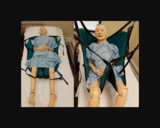
Photo of a mannequin prepared to transfer using a crossed sling.
- Subject:
- Career and Technical Education
- Education
- Health Education
- Material Type:
- Diagram/Illustration
- Author:
- Myra Sandquist Reuter Ma Bsn Rn
- Date Added:
- 02/23/2023

Photo of a mannequin prepared to transfer using a crossed sling.
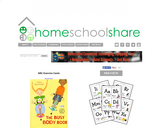
www.homeschoolshares.com offers a great free downloadable link to ABC exercise cards.

Alphabet Workout
We used first and last names. Every letter is an activity. You could spell answers to review questions, random questions, or vocab words. Possibilities are endless! Work individually or as a group. Make it fit for your curriculum and environment.
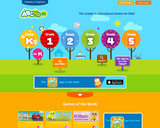
This site is great for elementary students to use to reinforce their keyboarding skills with easy-to-play keyboarding games.
Site can be used for free as an individual or on a fee basis for a family/class plan providing the ability to monitor participation.
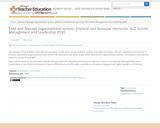
The premise of this module is that effective education is built upon, and grounded in, policies, principles and values. The acts, regulations and policies of national and provincial governments have created the framework and values within which the schools organisational systems, and physical and financial resources should be managed.This module examines the structures, systems and processes that should be established in order for a school to be effective. The expectation of all stakeholders in the school environment is that an effective school will be able to provide an education of progressively higher quality for all learners.
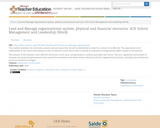
This module examines the structures, systems and processes that should be established in order for a school to be effective. The expectation of all stakeholders in the school environment is that an effective school will be able to provide an education of progressively higher quality for all learners. The premise of this module is that effective education is built upon, and grounded in, policies, principles and values. The acts, regulations and policies of national and provincial governments have created the framework and values within which the schools organisational systems, and physical and financial resources should be managed.
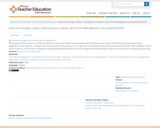
The purpose of this module is to develop effective curriculum leaders and managers who will enhance the quality of teaching and learning through application of the theories, concepts and issues handled in this module. It is hoped that in examining these issues school principals and SMT members will be more conscious of their role of leading and facilitating transformation in schools through effective leadership of the curriculum and of teaching and learning
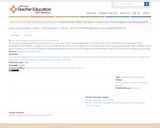
The purpose of this module is to develop effective curriculum leaders and managers who will enhance the quality of teaching and learning through application of the theories, concepts and issues handled in this module. It is hoped that in examining these issues school principals and SMT members will be more conscious of their role of leading and facilitating transformation in schools through effective leadership of the curriculum and of teaching and learning
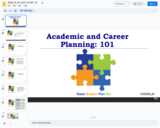
Use this slide deck from CESA 3 to introduce new staff to the basics of ACP or to refresh current staff on the components of PI26.

This is a blank copy of our District's ACP Directory that we use as a reference for all work based learning experiences. All teachers have access to this document and can add to the list at any time. All career clusters are listed on this document to meet the needs of all students. This resource can be used as a template for any school district.

In many districts the ACP Coordinator, CTE Coordinator, and/or YA Coordinator may be the same person! This timeline is meant to be a high level overview to help educators juggling these multiple roles.

The purpose of this activity is to show students that Career Matchmaker provides individualized feedback for their career choices based on how they answer a set of questions. Uses Career Cruising (Xello).
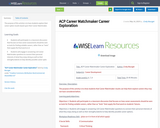
The purpose of this activity is to have students explore their career option results based upon their Career Matchmaker.

If the ACP goal that your team selected was "Improve access and support for students of color and/or from special populations to engage in the ACP/Career Readiness process in our district", then these five resources will assist with inclusion and engagement of special populations.

If the ACP goal that your team selected was "Map out where ACP components are happening in our district and looks for gaps
based on our district's ACP Graduate Profile", here are four resources to help in developing a comprehensive plan.

If the ACP goal your team selected was "Develop or enhance Job Shadowing Opportunities for students", these four resources will be of great use to your team.

If the ACP goal that your team selected was "Develop or enhance opportunities for students to learn how to write resumes and cover letters", these four resources will help with guiding the development of these documents.

If the ACP goal that your team selected was "Develop or enhance Mock Interview opportunities for students", please take advantage of these five resources.

If the ACP Goal that your team selected was, "Develop or enhance ACP conferences and/or one-on-one advising", please check out these guidebooks.

If the ACP goal that your team selected was "Develop or enhance ACP Final Project presentation opportunities for students"2, these resources will help with the development.